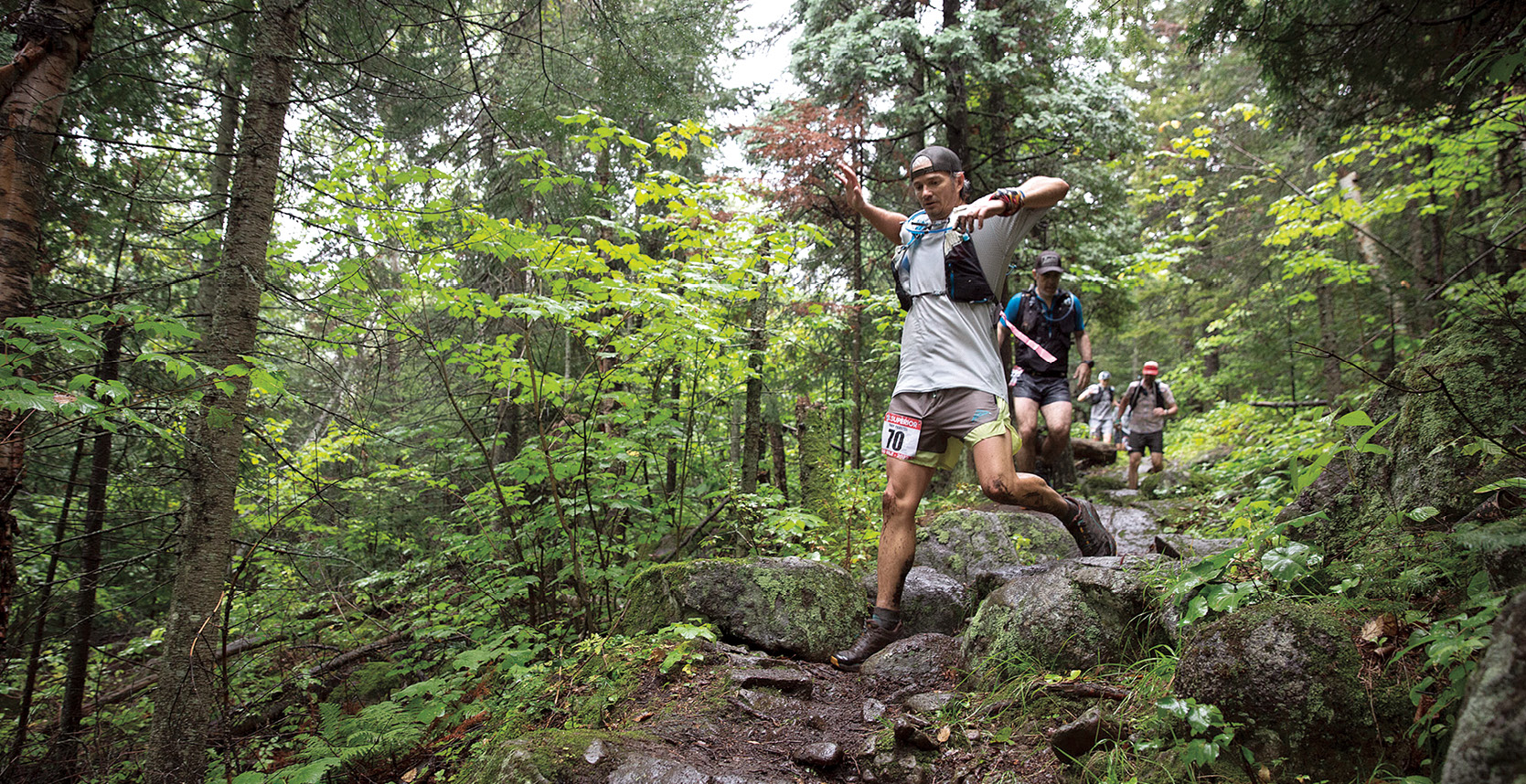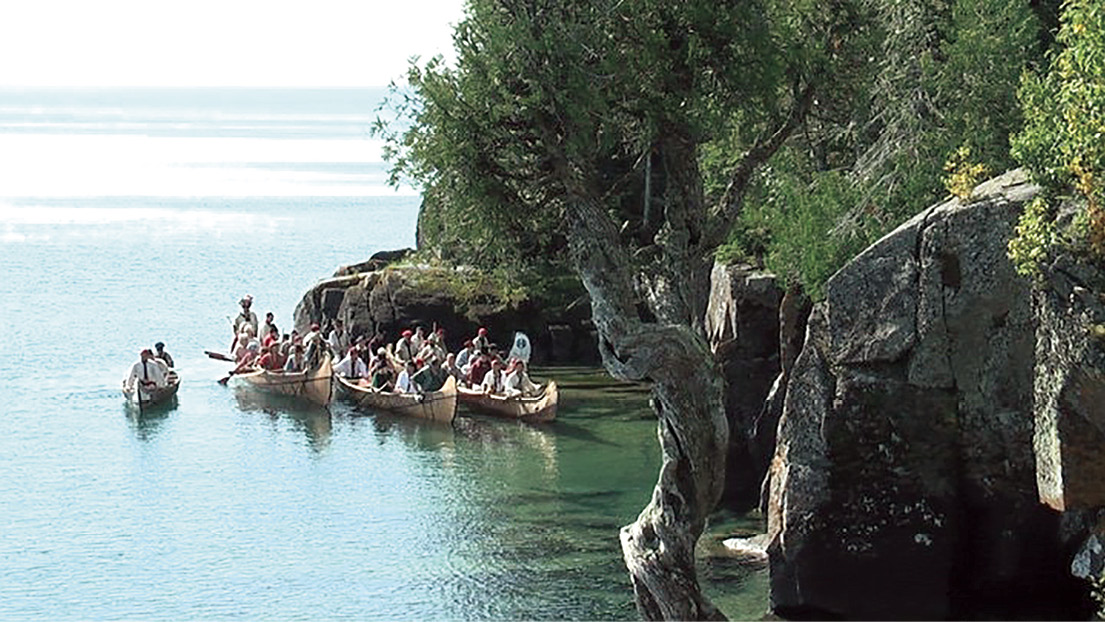With the abundance of trails and gravel roads through the Superior National Forest and the surrounding wilderness, northern Minnesota presents an expansive playground for adventurous ultra-marathon athletes.
For decades, the Superior 100 Trail Race, and the Minnesota Voyageur 50-mile Trail Ultramarathon, among many others, have captured the attention of athletes of all ages, experiences, and styles across Minnesota.
Started in 1991, the Superior 100-mile Fall Trail Race, historically termed the ‘Superior 100,’ was founded by Harry Sloan of Minnesota. Sloan’s passion for running and competing in ultramarathons across the U.S. for the past three decades has contributed to developing the ultramarathon culture along the North Shore.
The Superior 100 follows the technical terrain of the single-track Superior Hiking Trail that overlooks the immense Lake Superior along the ridges of northeastern Minnesota. The footing is often challenging, and at times, so are the weather conditions.
Although Sloan was instrumental in getting the Superior 100 off the ground, it wasn’t until 2015 that Sloan, at 67 years old, raced in the Superior 100 for the first time.
“He’s still one of the oldest finishers of the race,” John Storkamp, the race director of the Superior Trail Races, said.
Storkamp explained there’s a healthy mix of 67-year-olds currently in competition participating in the race each year, Sloan being one of them.
In addition, Storkamp said, “Year after year, we’re getting one or two 70-year-olds that will toe the start line.” While the 70-year-olds have yet to make it across the finish line, a dedicated few continue to show up and strive to be the first.
Joining the 60 and 70-year-olds at the starting line are many younger racers in their late teens, 20s, and 30s. In recent years the Superior Trail Races has experienced an increase in participation from female and younger runners. “There’s no comparison between now and even 15 years ago. That trend of younger people is really noticeable,” he said. In addition, Storkamp explained that very few professional athletes are in trail and ultra running. The culture of the Superior 100 and the more recently added 50-mile and 26.2-mile distances consist of families or parents who are busy and have a lot of things going on but want to be involved in a hobby for fun and entertainment.
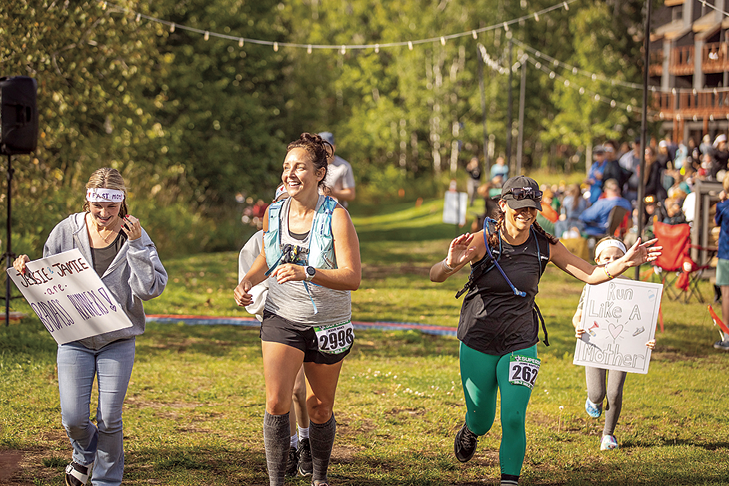
Storkamp started as a volunteer for the Superior Trail Races in 2005 before taking over as race director in 2012. Despite his nearly two-decades-long involvement with the Superior 100, he has never competed in the race. However, one day, after stepping away from the race director position, he says he will compete, perhaps in his 60s, like Sloan. Although Storkamp doesn’t run in the Superior 100, he trains and participates in other ultramarathon races. He participated in the Bighorn Trail Race in mid-June, a 100-mile mountain endurance race through the Bighorn National Forest in Wyoming. He explains that his underlying motivation for ultramarathon running is multi-faceted, but the driving factor is the mental health benefits. “Feeling good, being active, and enjoying beautiful places outdoors is really a special thing,” he said.
Storkamp said he stays active year-round and incorporates cross-training into his daily life to prepare for the Bighorn Trail Race and other ultramarathon races. In the winter, he enjoys cross-country skiing and weightlifting; in the warmer months, he enjoys roller skiing, hiking, backpacking, and biking.
The Superior Fall Trail Races, taking place this year Sept. 8-9, has undoubtedly grown and expanded, so much so that a Superior Spring Trail Race option was added in 2003 with 12.5km, 25km, and 50km distances. Many Cook County residents, including April Wahlstrom and Joey Chemlik, participated in the 2023 spring race in May. Chemlik won the 25km distance, while Wahlstrom won the women’s division of 12.5km.
“We do have a really strong trail and ultra running scene here in Minnesota,” Storkamp said. “It is big and as vibrant as anywhere.”
The vibrancy of the ultramarathon culture extends beyond trail running along the North Shore. Gravel cycling is another outdoor activity to take hold in recent years, especially during the COVID-19 pandemic.
As Sloan was instrumental in expanding the ultra-running scene in northeastern Minnesota, Jeremy Kershaw has been instrumental in gravel cycling. After competing in numerous bike racing events in Minnesota and the U.S., he felt like the North Shore needed an ultramarathon bike race.
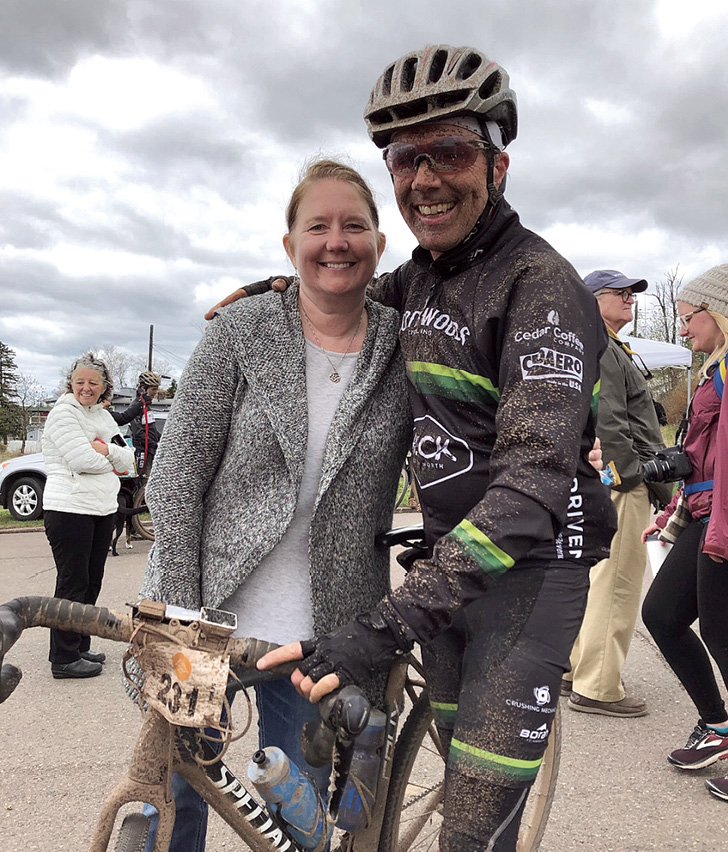
So, in the early 2000s, he spent months pouring over maps, driving and riding gravel backroads, and assembling a route in the Duluth area. “The first year, we had about 40 to 50 riders, and it was all very illegal and grassroots,” Kershaw said. After coming up with a more solidified plan and support, Kershaw held the first legal race with help from his partner Avesa Rockwell with three racing options, a 20-miler, 56-miler, and a 105-miler, coined the Heck of the North in Two Harbors, in 2009.
“In the last five years, I’d say, it’s really boomed,” Kershaw said. “We’re very proud of the fact that we’ve continued to grow, but we’re still kind of run from our kitchen table.” He explained that while the event’s popularity has risen, he strives to maintain the feel of a small personalized event for riders of all experiences. “It’s a balance of welcoming new riders and our veteran riders too, but not getting so ginormous.”
The smaller feel of the race events allows race directors, Storkamp and Kershaw, to build relationships with participants, some of whom have left a lasting impression. While the fastest runners or cyclists are to be admired for their endurance and stamina, both Storkamp and Kershaw mentioned that they thoroughly enjoy watching the less competitive racers. “As the saying goes, if you’re going to be slow, you gotta be tough,” Kershaw said. He has spent many nights in the race’s final hours waiting for riders in their 70s to emerge from the dark before deploying search and rescue crews. “Those are the amazing stories,” he said. “They’re the ones I talk to after the event, and we stay in contact.”
The relationships and connections built during training or the Heck of the North event are why Susan Perala-Dewey keeps returning to the challenging ultramarathon scene. “I feel grateful to know Jeremy and Avesa. They are kind, supportive and encouraging. These races take so much energy to put on and provide an outstanding opportunity to see wild places up close and in community with others,” she said. “The two of them are very humble and deserve much gratitude from our community.”
Perala-Dewey entered the gravel cycling world two years ago and competed in the 20-mile Heck of the North. “I just feel like it’s a fun activity to participate in.” She added, “I really love biking now. My body really loves biking.” She recently participated in the 26-miler Le Grand Du Nord, another gravel cycling race hosted by Kershaw and the Heck of the North Productions in Grand Marais on May 27.
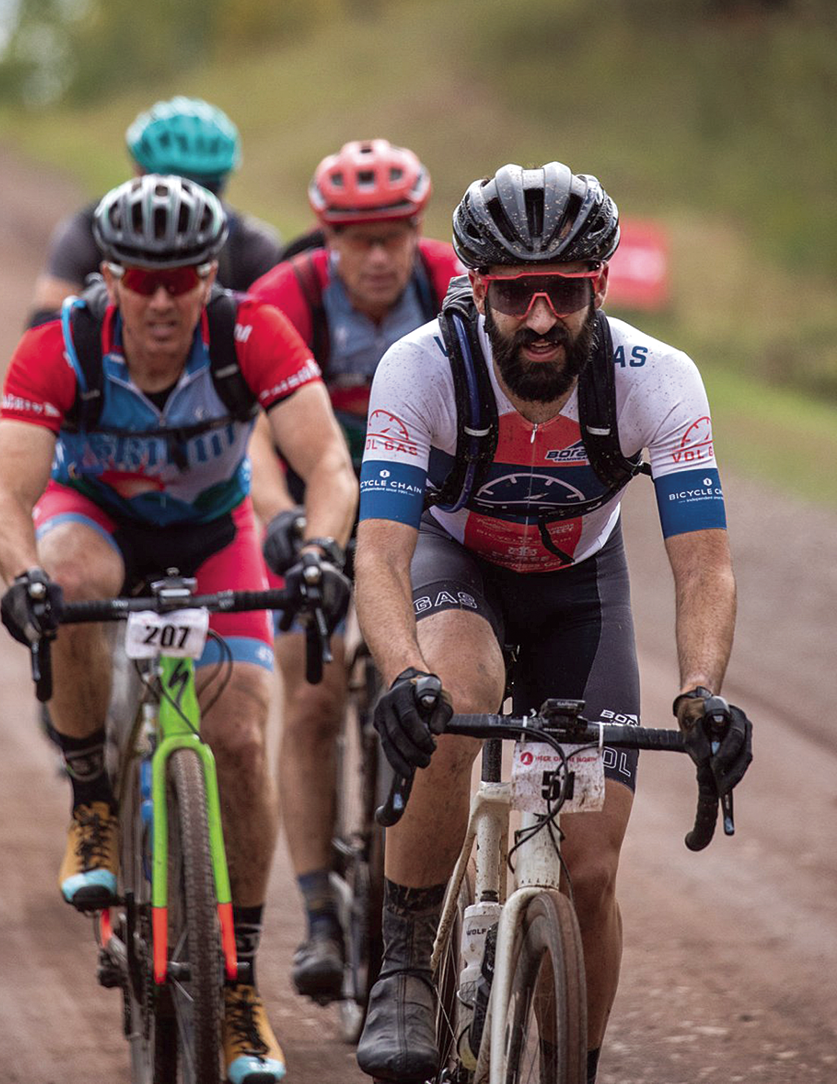
“It was challenging,” she said. “I now know that you don’t want to spend all your energy the first five miles or however long it is before you actually get on gravel because you really need energy stores when you start going uphill on gravel.” Thankfully, Perala-Dewey’s energy was restored after being graciously handed an Embark maple sugar energy pouch. “It puts something into your body that gives you a little more go power to get up the next hill.”
At 60 years old, Perala-Dewey is working her way up to compete in the 56-mile Heck of the North race on Sept. 30. She made sure to mention that she will have a few extra maple sugar energy pouches stashed for safe measure.
The Heck of the North race draws many cyclists who participate in the event for various reasons. John Cron’s motivation to participate in the 105-mile event was mainly due to living near the Two Harbors starting line. “I just feel like it’s a neat event for Two Harbors to host, and I want to be a part of it,” he said. “It also keeps me motivated to train and ride on a regular basis.”
Training for a 105-mile cycling race takes a substantial time commitment, Cron said. Carving out three to seven hours during a busy work week for a long-distance ride has its challenges. “You really have to be able to set aside blocks of time to do it.” Cron has raced in the 105-mile event since the Heck of the North’s inception in 2009.
In 2022, however, he switched and competed in the 56-mile event, breaking his long-established 105-mile streak. At 56 years old, he said he’s starting to feel the after-effect of riding over 100 miles. “It takes several days to recover and feel kind of normal after that.” He describes the experience of racing in the 56-mile event versus the 105-mile event as, in some ways, “more fun and a lot easier.” He’s debating whether to remain in the 56-mile category or return to the larger 105-mile event this Sept.
After many years of participating in the event, Cron describes the gravel cycling community as having “a lot of good camaraderie.” During the race, participants frequently stop to help with mechanical problems or cheer each other on. “Almost everyone has a smile on their face when they’re out there.”


